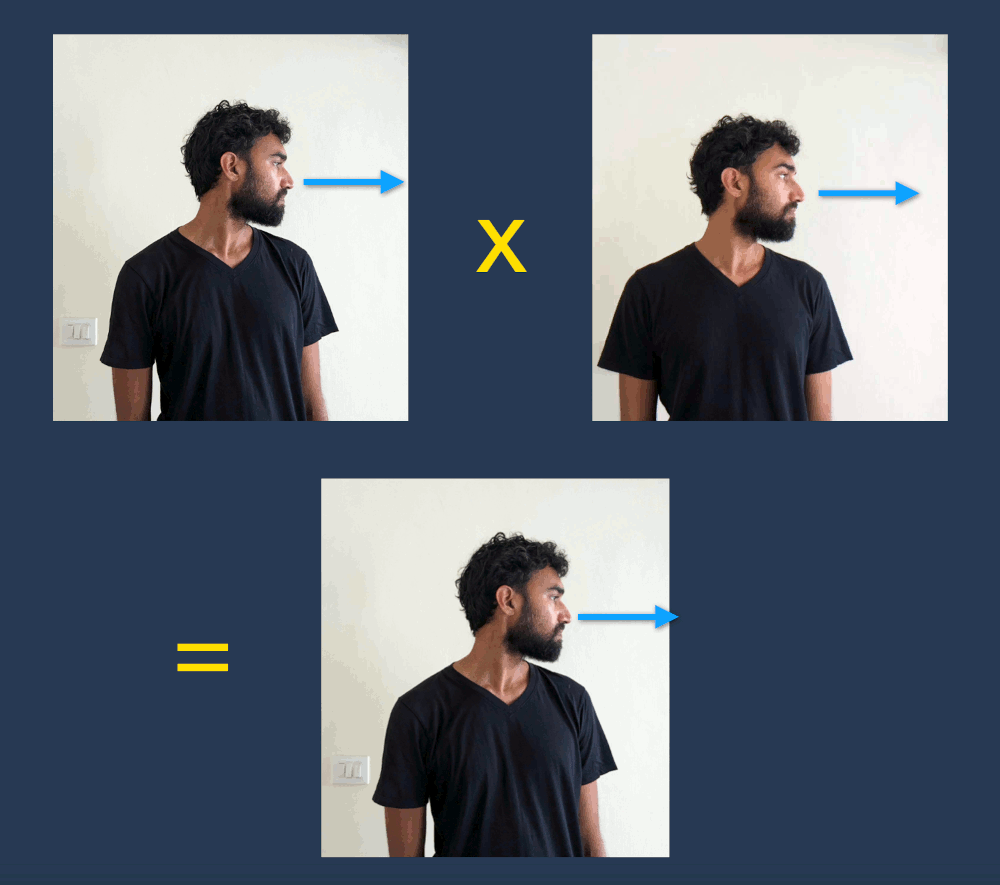
Without further ado, let's proceed to the first warm-up challenge:
Okay, the first challenge was hopefully not too challenging. Once you've completed it, you can proceed to the next video:
Have you completed your own wobble loop? Let's see how it compares with other wobbles:
Did you complete the third movement challenge? Then you're officially warmed up, and ready for the next puzzle, which involves a very important definition:
Have you completed the fourth challenge? Let's see how it compares with other solutions:
Once you've enacted the gradual deformation of one 360° rotation loop to another, you can proceed to the next challenge:
Did you find both the trivial and nontrivial loops that track the particle? If so, you can proceed to the next video:

I hope you were able to enact a gradual deformation of a 720° rotation loop to the stationary loop! There are many ways to do this, but we'll examine one approach in the next video:
Okay, but how do all these loops and deformations in orientation space relate to the string trick, from the introduction video? Let's conclude with a closer look at the string trick, and take it to its logical extreme: the foam mattress trick: